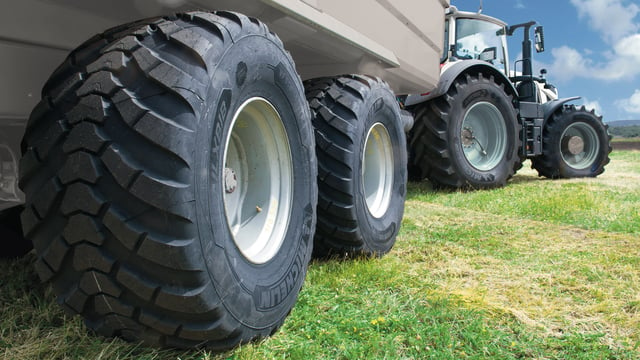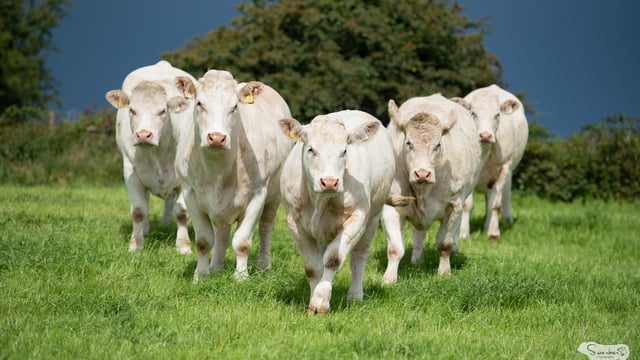Grass margins act to reduce sterile brome threat
The establishment of three-metre-wide grass margins has helped Co. Kildare tillage farmers Shay and Michael Grace get to grips with the problem of sterile brome.
“It’s an approach that stops the grass weed encroaching from the field boundaries. sterile brome had become a genuine problem on a number of the headlands," Michael told a webinar this week.
The father and son team farm near Clane in Co. Kildare. According to Michael, sterile brome had become such a problem that it was completely overwhelming crops like winter wheat in a number of fields.
The grass margins were introduced as part of the Graces’ involvement with Teagasc’s Enable Conservation Tillage (ECT) project. These are topped regularly throughout the growing season.
Michael Grace participated in the second of Teagasc's ECT webinars, held this week.
“The use of stale seed beds, sowing out a winter cover crop, killing this off in the spring and then coming in with a crop like beans, has also helped us to get on top of the sterile brome issue that exists on the farm," he explained.
“Each of the grass margins is three metres wide. They now account for a significant area across the farm, which is no longer used for crop production. But it’s a commitment worth making, given the benefits we are gaining in terms of enhanced grass weed control.
“Our plan is to make greater use of grass margins during the period ahead," he added.
Michael came home to farm 10 years ago. One of the first decisions taken at that stage was to come away from ploughing and commit to direct drilling.
“There have been a few ups and downs. But for the most part, it is an approach that has worked well for us," he said.
“Oats always fell into this category. However, we have added spring beans and winter oilseed rape into the mix.
Michael and his father have always chopped the straw produced on headlands. However, this practice has now been extended to the rest of the farm.
“We have found that incorporating straw significantly boosts soil fertility," he concluded.





